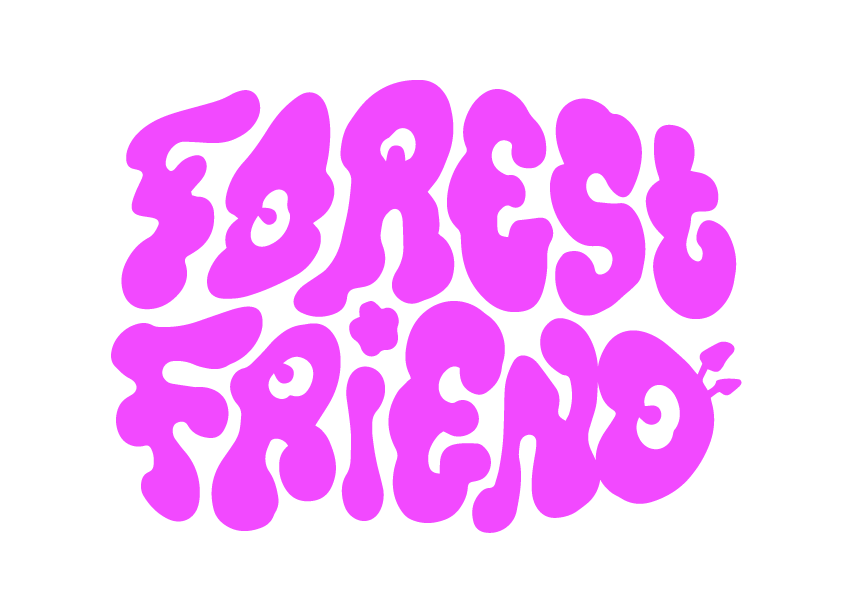It’s occurred to me lately, as I walk downtown or through campus, as I surf around the world through my internet goggles, how very few of us are still watching where our own feet fall. No longer do we live within our four walls, living a life confined to our own activities and duties. We are always looking outside — or worse, imagining what we ourselves look like to others from the outside, and judging others based on the same reverse, inside-out perspective. We look for clues in others based on what they wear, what they carry, how the insides of their homes look. We send out signals with our vintage wool sweaters, our Fjällräven backpacks, our Anglepoise lamps. Really, it comes down to this: we are all obsessed with design.
And it’s not just Wallpaper magazines in the dentist’s office, or everyone and their unborn babies tweeting and blogging, or those terrible Helvetica t-shirts. It’s that design — rather than family or religion or culture or work — is what we now use to invent our own identities and tweak ourselves into the people we want to appear to be. The irony is that, in reaffirming our created selves in the eyes of others through designed images and objects, we can’t help but hear that hollow ring of inauthenticity, which drives us again to consume new trends, new things to plug that hole and portray a newer, realer self.
For an example of this seemingly inescapable spiral of modern life, take the Eames rocker in the baby nursery. You don’t have to be a professional designer to know that Eames chairs are expensive and to own one is to bellow to the world that not only do you have taste, you know your design history which everyone who’s someone knows. And your friends are impressed at how you were able to elevate the conventionally kitschy nursery to such a level of taste. And all your blog readers wished they thought of it first and comment that it’s so wonderful you’re bringing up your children in the right aesthetic environment because it’s so important that children are exposed to culture at home.
But your baby doesn’t give a mustard-coloured crap about what’s in his room. He’ll grow up puking on vintage quilts and pissing his little catalogue-ordered drawers and stuffing handfuls of organic seaweed crackers into his face, and when he gets old enough to rebel, he’ll know just what store to get that leather jacket and exactly where to order those limited edition sneakers and precisely what music to choose in order to complete the counter-cultural identity he’s working on.
If he ever has to start paying his own bills, he’ll go through a phase where none of that matters, a phase in which wearing the same jeans for three years, eating what’s only barely expired, and making friends with every glue-eating buffoon who likes Zappa, become the very signposts of freedom. For him, sleeping under a soiled unicorn comforter with strangers he bonded with an hour ago over something he can’t remember is a ceremonial revelation of the Meaning of Life. But then he’ll get a real job making real money and start seeing things in a new way again: he’ll begin to get a high from “discovering” products, from finding the perfect things to silently elucidate who he feels himself to be, who he wants to be. The Panasonic RP-HTX7 headphones are not overpriced eardrum fellators but the best high-performance audio in a vintage throwback style. The persnickety organic diet and gym membership aren’t shameful telltale signs of personal insecurity or a decadent lifestyle, but all about “balance” and “energizing your life.”
Perhaps we are all just victims of a marketing ploy, a clever subterfuge engineered to create within us an irresistible desire to slather ourselves and our living spaces with the products offered in ads that pinion us from every direction like darts on a target. If “Style” is just another word for “attractive arrangement of products designed to maximize the possibility of your bringing it home,” then our attention to design, so carefully couched in an interest in “form” or “function” or “colour” so as not to appear vapid, is simply the culminating success of the advertising industry. It is us performing what we have been programmed to do, and not an expression of anything.
Or perhaps we come by this urge more genuinely, from a need to assert ourselves, or whatever construct we have come to believe is ourselves, upon our environment and upon the external impression we give to the world. Perhaps it is a higher need, one that only emerges on condition that all our lesser needs have been sated, a concrete realization of self-actualization — Maslow’s cap on the pyramid.
The undeniably visceral sense of excitement and inspiration we feel when confronted with a particular object, scene or piece of media may come from memory, nostalgia or a fixation on the novel, but it is no less felt and no less real than the ideas which “occur” to us from no discernible reference point. Spontaneous expressions of delight, wonder and curiosity at art, architecture, objects, images, even colours and shapes, must come from somewhere authentic, or they wouldn’t be so universal.
Perhaps it is just the visual presentation of ideas, not designed objects or the images themselves, that so excite us. Perhaps it’s that spark of creativity that jumps up into our brains from some esoteric plane when we are confronted with the results of someone else’s creativity, someone else’s design. Maybe that’s what we’re addicted to. And maybe what’s best in life is pursuing that addiction and creating new sparks for our fellow humans to devour.
So, watch where your own feet fall. But watch where others’ fall as well, just in case there’s a chance we can make one another’s paths a little more interesting.

